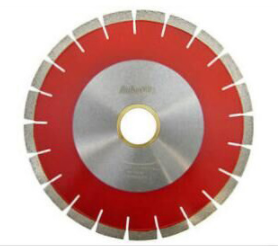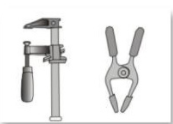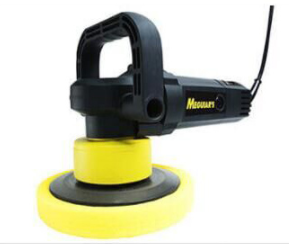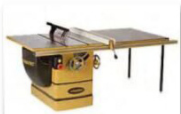Services
How Our Clients Do

A security attachment must be used:
Breathing dust mask / earplugs, safety glasses / steel rubber boots / waterproof aprons / gloves
All electrical applications must be ground fault circuit breakers
Keep the work area clean, messy areas and benches can cause accidents
The passage should be at a safe distance from the work area.
The following guidelines should be followed to ensure high quality products:
Visually inspect the panels prior to processing to ensure that the panels are color matched.
Do not re-polish, sand, or other method to change the original surface finish of the board.
Storage: Plates must be stored in a manner that prevents warpage. Need to be stored on a flat platform or stored vertically so that the product minimizes warpage. Sheets must always be stored in such a way that the polished surface is not exposed to the sun, and should not be exposed for too long in hot weather and cold winters in harsh weather conditions.

◆Easy to handle and fabricate
◆Can be cut and joint with carpentry tools and equipment
◆Seamless joint
◆Can be bent into different shapes after heated in oven
◆Can be sand blasted and making inlays in the material
◆Complicated designs can be achieved by mold

Cutting: To avoid overheating of the sheet, using watering tools is requested. The water flow should be consistent to ensure that the blade is sufficiently cooled. Do not cut the square corners (cross cut) as this will create stress points in the sheet and may cause the sheet to crack. When cutting the internal angle, always use the core drill to avoid damaging the corner area of the cutting disc, creating a pressure point at the sharp inner corner.
Cuts: For square cuts in sinks and cooktops, always make cuts at the four corners. All cuts should be performed using a diamond cutting tool only in the case of watering to avoid excessive heat generation, which may also cause hairline cracks. It is recommended that the edge profile and the top and bottom of the slit have at least a 1/8" radius or chamfer.
Seams: The surface to be stitched must be unpolished, flat, dry and clean. All joints should be made uniform by adjusting the material before the adhesive solidifies.

Open holes: faucet hole, pipe hole, cut-out for sink and stove can easy be made by a drilling machine or cutting machine.
Edge profile: Different edge profile can be realized by using different router bits.
Joint line: Opaly® solid surface can be joint seamless with sink, basin and plash by using the same color of glue.
Sanding: sanding can be done by sanding machine or portable sanding machine, start with dry sanding to wet sanding.
Use the sanding paper from rough to fine by 120#、180#、320#、400#、600#、1000#、1200#、1400# grit.
Polishing: After the surface is flat and smooth, buff the face with wool pad and wax, surface will be as bright as a mirror.